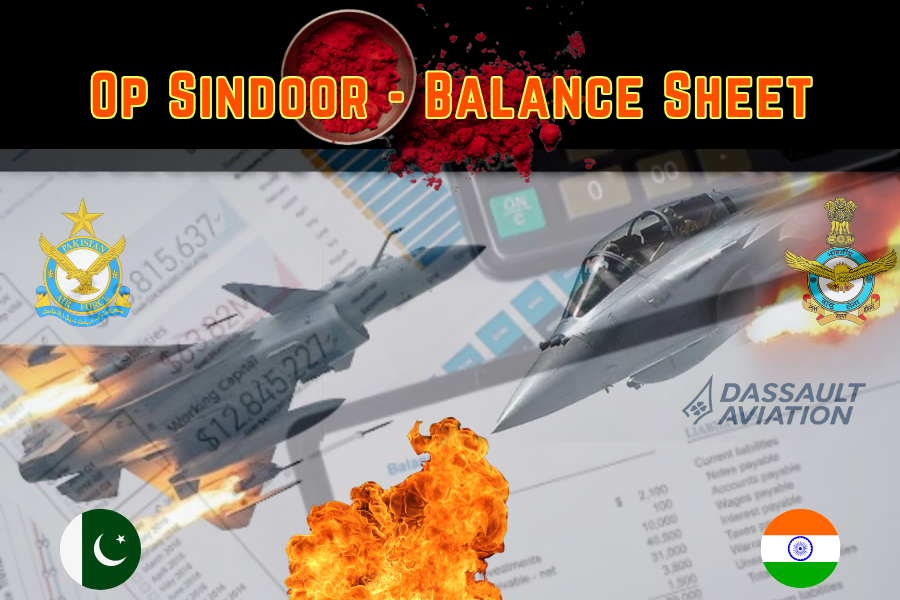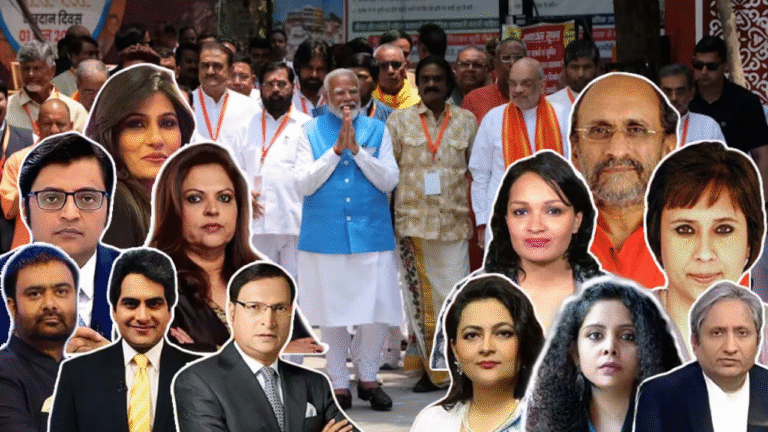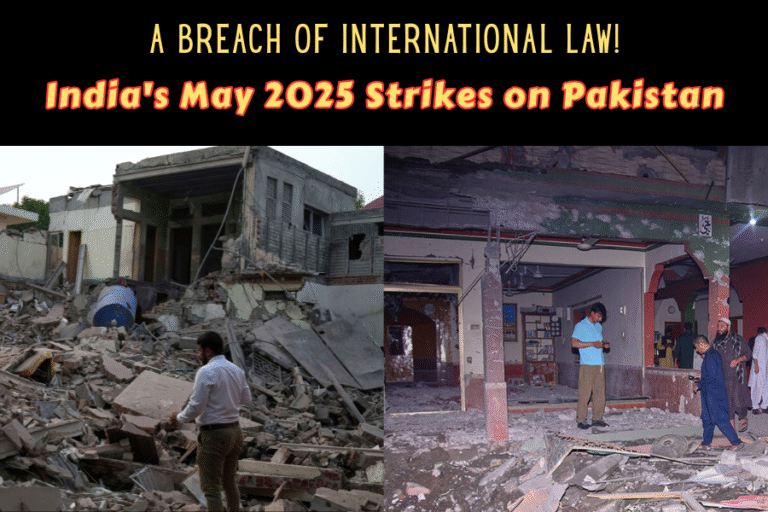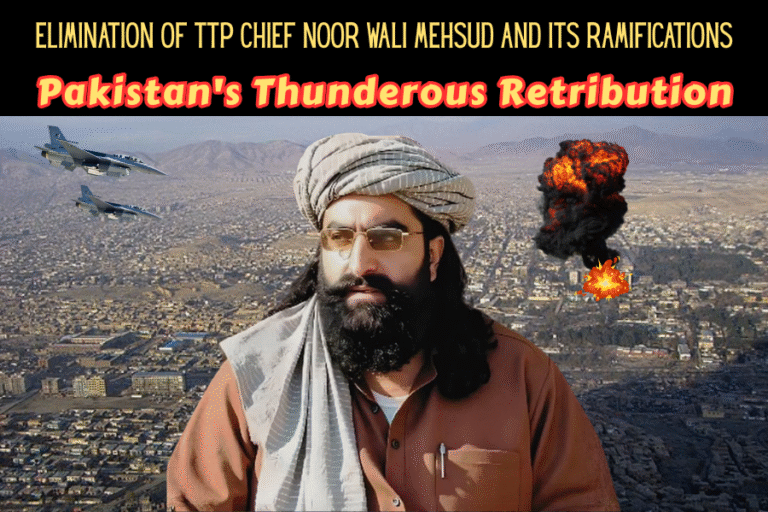(Khalid Masood)
In the fiery crucible of May 2025, India dared to challenge Pakistan’s resolve with Operation Sindoor, a reckless salvo of missiles and drones aimed at crushing our spirit. Yet, from the ashes of this unprovoked aggression, Pakistan emerged unbowed, its skies defended, its honor intact, and its enemies humbled. India’s former National Security Advisor, Shivshankar Menon, claimed on The Wire that Sindoor “imposed costs” on Pakistan, forcing us to “think 100 times” before acting. This is not analysis—it is delusion, a refusal to face the truth etched in the wreckage of India’s vaunted war machines. Pakistan paid a price, yes, but it was India that bled prestige, pride, and credibility. This is the balance sheet of Operation Sindoor: a ledger of Pakistan’s defiance, India’s folly, and China’s quiet triumph, written in the blood of martyrs and the roar of victory.
The Spark of Aggression: India’s Pretext
On April 22, 2025, a horrific attack in Pahalgam, Indian occupied Kashmir, claimed 26 lives, mostly Hindu tourists. India, quick to point fingers, accused Pakistan of backing Jaish-e-Muhammad and Lashkar-e-Taiba, ignoring Islamabad’s denials and calls for a neutral probe. On May 7, under the guise of “retaliation,” India launched Operation Sindoor, targeting nine alleged terrorist sites in Pakistan and Azad Kashmir with BrahMos cruise missiles, SCALP munitions, and Harop drones. Pakistan’s military spokesperson, Lt. Gen Ahmed Sharif Chaudhry, condemned the strikes as “acts of war,” vowing a response “in our own timing.” The world watched as India’s arrogance ignited a four-day clash, the fiercest in decades, only to see Pakistan’s resilience douse its flames.
Pakistan’s Steadfast Defence: A Wall of Iron
India’s assault began with a barrage of drones and missiles, targeting air-bases at Nur Khan, Sargodha, and Bholari. Yet, Pakistan’s air defences, honed by years of vigilance, stood firm. Over 600 Indian drones, including Israeli Harop loitering munitions, were neutralized—90% of the swarm jammed or shot down by Chinese-supplied HQ-9 systems and JF-17 Block III fighters wielding PL-15E missiles. India’s prized BrahMos and SCALP missiles, launched from Rafale jets, were largely intercepted, their wreckage a testament to Pakistan’s electronic warfare prowess. By May 9, India’s air force, cowed by losses, retreated 400–500 km from our border, grounding its fighters in fear. Pakistan’s skies remained inviolate, a shield forged of courage and ingenuity.
India’s Staggering Losses: A Shattered Myth
India’s hubris exacted a brutal toll. Pakistan’s air force, wielding Chinese J-10CE jets and PL-15E missiles, downed five Indian fighters: three French Rafales, one Russian Su-30MKI, and one MiG-29, as confirmed by India’s Chief of Defence Staff, though numbers were coyly vague. An Israeli IAI Heron drone was also destroyed, its wreckage mocking India’s reliance on foreign toys. Satellite imagery showed no damage to India’s Adampur air-base, exposing Pakistan’s restraint, yet India’s air force lost its nerve, its pilots hospitalized after crashes in Kashmir. Two S-400 AD batteries, Russia’s “invincible” systems, were neutralized, their debris a stain on India’s $5.4 billion investment. The world watched as India’s high-tech arsenal crumbled, its soldiers’ morale shattered, and its global image tarnished as an inept handler of advanced weaponry.
Pakistan’s Price: Martyrs, Not Defeat
Pakistan’s losses were real, but they pale beside India’s humiliation. Eleven soldiers and eight civilians, including children, became martyrs, their blood a sacred debt India must answer for. Thirty-five civilians were injured, and a mosque in Bahawalpur was desecrated by an Indian missile, fueling national outrage. Air-bases at Skardu, Sargodha, Jacobabad, and Bholari sustained damage, with one C-130 Hercules destroyed at Nur Khan and an Il-78 tanker diverted, straining logistics. An HQ-9 radar near Lahore was hit, but Pakistan’s air defences held, repelling India’s deeper strikes. Civilian homes bore scars, yet the nation’s spirit soared, united in grief and defiance. These costs, though heavy, were borne with pride, a sacrifice for sovereignty that strengthened Pakistan’s resolve.
The Moral Ledger: India’s Bankruptcy
Beyond metal and blood, India lost something irreplaceable: its moral standing. By targeting civilian areas—mosques, homes, and schools—India exposed its callous disregard for humanity, dismissed by Islamabad as “propaganda” but etched in the rubble of Muzaffarabad. The Indian Air Force’s retreat, its jets cowering far from the border, betrayed a nation that launched Sindoor with bravado but ended it in shame. The destruction of Rafales, S-400s, and Herons not only dented India’s military pride but also its global credibility. X posts mocked India’s “incompetence,” with arms markets from the U.S. to France rethinking sales. Whispers in Washington question offering F-35s, fearing a single PAF kill would shatter America’s invincible reputation. India’s dream of superpower status lies in tatters, its aggression a cautionary tale.
Pakistan’s Victory: A Nation Unbroken
Pakistan emerged not just intact but ascendant. Our air defences, bolstered by Chinese technology, proved their mettle, downing India’s best with precision. The JF-17 and J-10CE, armed with PL-15E missiles, outmatched India’s Rafales, cementing Pakistan’s aerial dominance. Civilian resolve, from Karachi to Rawalpindi, turned grief into strength, with X posts hailing our “iron will.” Diplomatically, Pakistan’s restraint won allies, with Saudi Arabia’s envoy and the EU’s Kaja Kallas urging de-escalation while condemning terrorism. The ceasefire on May 11, though marred by Indian violations, showcased Pakistan’s commitment to peace, even as we held the Line of Control with unyielding resolve. Operation Sindoor did not deter us—it forged a nation ready to face any storm.
China’s Quiet Triumph: A Global Shift
If Pakistan won the battle, China won the war. Operation Sindoor was a free trial of Chinese weaponry, with JF-17s, J-10CEs, and HQ-9 systems outperforming India’s Western and Russian arsenal. The PL-15E’s 145-km range humiliated Rafales, while HQ-9 radars blinded India’s strikes. China’s reputation as an arms supplier soared, with Pakistan as its proving ground. In gratitude, Beijing offered J-35 stealth fighters, PL-17 air-to-air missiles, and HQ-19B air defence systems, a $10 billion package to fortify Pakistan’s skies. X posts celebrated this “Sino-Pak bond,” with analysts noting China’s strategic edge over Western arms markets. India’s losses exposed the fragility of its Western alliances, while Pakistan’s alliance with China emerged as a beacon of reliability in a multipolar world. Carlotta Rinaudo, a China researcher at the International Team for the Study of Security in Verona, said Chinese social media was flooded with nationalistic messages. She further added “At the moment perception matters way more than reality. If we see it in that way, the main winner is really China”.
The Balance Sheet: A Reckoning
Let us tally the ledger with unflinching clarity:
- India’s Losses:
- Military: Six fighters (four Rafales, one Su-30MKI, one MiG-29), one Heron drone, 84+ drones, two S-400 batteries, and neutralized BrahMos/SCALP missiles.
- Moral: Global ridicule for civilian strikes, eroded arms market trust, and a shattered superpower facade.
- Strategic: A retreated air force, grounded 400–500 km from Pakistan, and a diplomatic isolation as allies question India’s recklessness.
- Pakistan’s Losses:
- Military: Eleven soldiers embraced shahaadat, 78 injured; one C-130 destroyed at ground, one Il-78 diverted; damaged airbases and an HQ-9 radar.
- Civilian: Eight martyrs, 35 injured, with homes and mosques scarred.
- Strategic: Strengthened resolve, global sympathy, and a fortified Sino-Pak alliance.
India’s Menon claims we’ll “think 100 times” before acting. He is wrong. Pakistan thinks once, acts decisively, and prevails. Operation Sindoor was India’s gamble to cow us; instead, it crowned us victors. Our martyrs’ blood fuels our resolve, our skies bristle with Chinese steel, and our hearts burn with pride.
The Path Ahead: A Nation Forged Anew
Pakistan stands at a crossroads, not deterred but emboldened. Our options are clear:
- Military Modernization: Accept China’s J-35, PL-17 and HQ-19B, doubling our air defence grid by 2027, ensuring no Indian jet dares cross our border.
- Diplomatic Outreach: Leverage BRICS and OIC to expose India’s aggression, securing trade and defence pacts with Turkey and Qatar.
- Internal Unity: Channel national outrage into development, fortifying Balochistan and Khyber Pakhtunkhwa against India’s proxy games.
- Kashmir Advocacy: Amplify the Kashmiri cause at the UN, linking India’s Sindoor strikes to its occupation, as X posts demand justice.
India’s Operation Sindoor sought to break us; it only made us stronger. The U.S., wary of India’s incompetence, hesitates on F-35s, while China’s J-35s await our airfields. The Gulf, reliant on our stability, urges peace, knowing Pakistan holds the region’s balance. As our flag flies high over Rawalpindi, we honor our martyrs with a vow: no aggressor will dim our crescent’s light. Operation Sindoor’s balance sheet is clear—Pakistan stands tall, India kneels in shame, and the world takes note of a nation unbroken.








One Comment